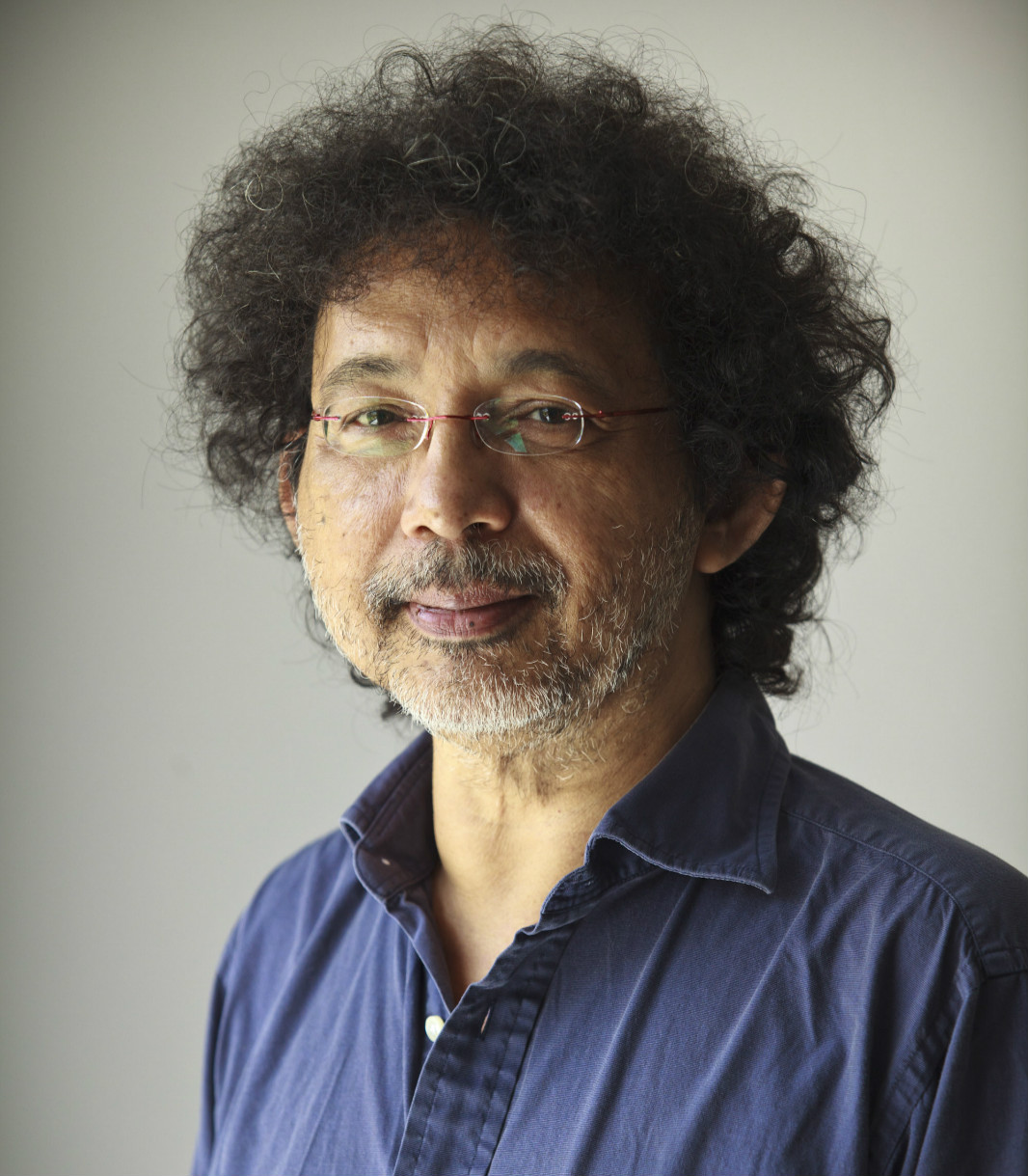| Biography | |
|---|---|
 Prof. Harith Ahmad Photonics Research Centre, University of Malaya, Malaysia |
|
| Title: Usage of Transition Metal Dichalcogenides in Generating Q-Switched and Mode-Locked Pulses in the Wavelength Region of 1.0 micron, 1.3 micron, S-band, C-band, L-band and 2.0 micron. | |
| Abstract: Advances in photonics over the past decade has seen a marked interest in the development of various 2-dimensional (2D) and 3-dimensional (3D) materials to serve as saturable absorbers (SAs) in fiber laser systems. These SAs are capable of passively inducing Q-switching and mode-locking in laser systems, allowing a new generation of efficient yet compact and cost-effective optical devices to be realized. While many 2D and 3D materials have been explored for their possible application as SAs, transition metal dichalcogenides (TMDs) in particular have shown significant potential. TMDs have unique opto-electronic characteristics that can be configured for various applications through the many possible combinations of one transition metal with two chalcogen atoms. This presentation will examine the key aspects of TMDs and their main opto-electronic charactersitics, as well as the fabrication methods and techniques used to fabricate SAs based on these materials. Subsequently, the application and performance of Q-switched and mode-locked lasers using TMD based SAs operating at the key wavelength regions of 1.0 μm, 1.3 μm, the S-, C- and L-bands as well as the 2.0 μm are examined. Finally, the feasibility of laser systems built around these SAs are discussed, touching on potential aspects of communications and sensing. | |
| Biography: Professor Datuk Dr Harith Ahmad FASc obtained his degree in BSc (Physics) with First Class Honors from the University of Malaya in 1979, and subsequently his MSc and PhD from the University of Wales in 1980 and 1983 respectively. He began his academic career upon returning from the University of Wales in 1983 to the Department of Physics, University of Malaya, and immediately begin working on initiating and growing the study of fiber lasers in Malaysia. His task was arduous, as at the time this field of study was virtually non-existent in Malaysia, or anywhere in that region for that matter. Despite this, he persevered and not only built up from scratch the facilities at the University of Malaya, but also made aware the government of Malaysia on the importance of photonics as a tool for future development. Through his determination and drive, he almost single-handedly built up the field of photonics in Malaysia and the region into a critical research topic, with many active researchers, scientists and students throughout Malaysia, the ASEAN region and the Middle East. He is recognized as the ‘Father’ of photonics in Malaysia, and globally as a leader in fiber laser and saturable absorbers research, as per his Scival ratings. He is currently the director of the Photonics Research Centre of the University of Malaya, a Higher Education Centre of Excellence (HiCOE) under the purview of the Ministry of Education, Malaysia (MOE). Professor Dr. Harith Ahmad’s contribution to the development of photonics in Malaysia has been recognized with multiple awards, including as a Fellow of Akademi Sains Malaysia in 2006, Malaysia-Toray Science Foundation Award in 2007, Merdeka Award for Scholastic Achievement in 2010 and ASEAN Outstanding Scientist and Technology Award in 2014. Furthermore, in 2014, he was awarded the Distinguished Professor Award from the Ministry of Education. He initiated the study of fiber lasers in Malaysia, which was virtually non-existent in Malaysia, or anywhere in that region for that matter. He built up from scratch the facilities at the University of Malaya, and also made the government of Malaysia aware on the importance of photonics as a tool for future development. He is still very active in photonics research and is leading research at the Photonics Research Centre of the University of Malaya into the exploration of new 2- and 3- dimensional materials that have hitherto undiscovered optical properties. He has also led the development of new sensor technologies with significantly improved resolutions and response times. This includes the fabrication of FBGs as well as microfibers that can serve as sensors, with novel designs that can withstand very high temperatures exceeding 500oC and also for the monitoring of buildings in earthquake regions. He is also actively studying microfibers, which have applications as frequency mixers, very sensitive current sensors as well as to monitor water quality. His work has been published in more than 900 articles in numerous ISI ranked research journals, and he is recognized globally as a leader in fiber laser and saturable absorbers research, as per his Scival ratings. In addition to academic research, Professor Dr. Harith Ahmad also focuses heavily on translating research outputs to the market via commercialization. His work has seen the development of planar lightwave circuit technology, and has successfully developed 1x8, 1x16 and 1x32 optical splitters that have been used in fiber-to-the-home or FTTH networks. Additionally, the sensor systems developed by him have seen numerous real-world and industrial applications and deployments. The Photonics Research Center, under his guidance, also provides numerous technical services including calibrations and consultancies, as well as regular training programs for industrial users. In this manner, he has contributed significantly to the development of optical fiber related devices on a global scale through citations, publications and IP development, and has made Malaysia a center for photonics research, training and commercialization in the region. On top of this, the center has become a reference point to many other countries, especially Indonesia, and also influenced the work and transfer of knowledge through PhD guidance to students from the Middle East, Iran and Asia.
| |
